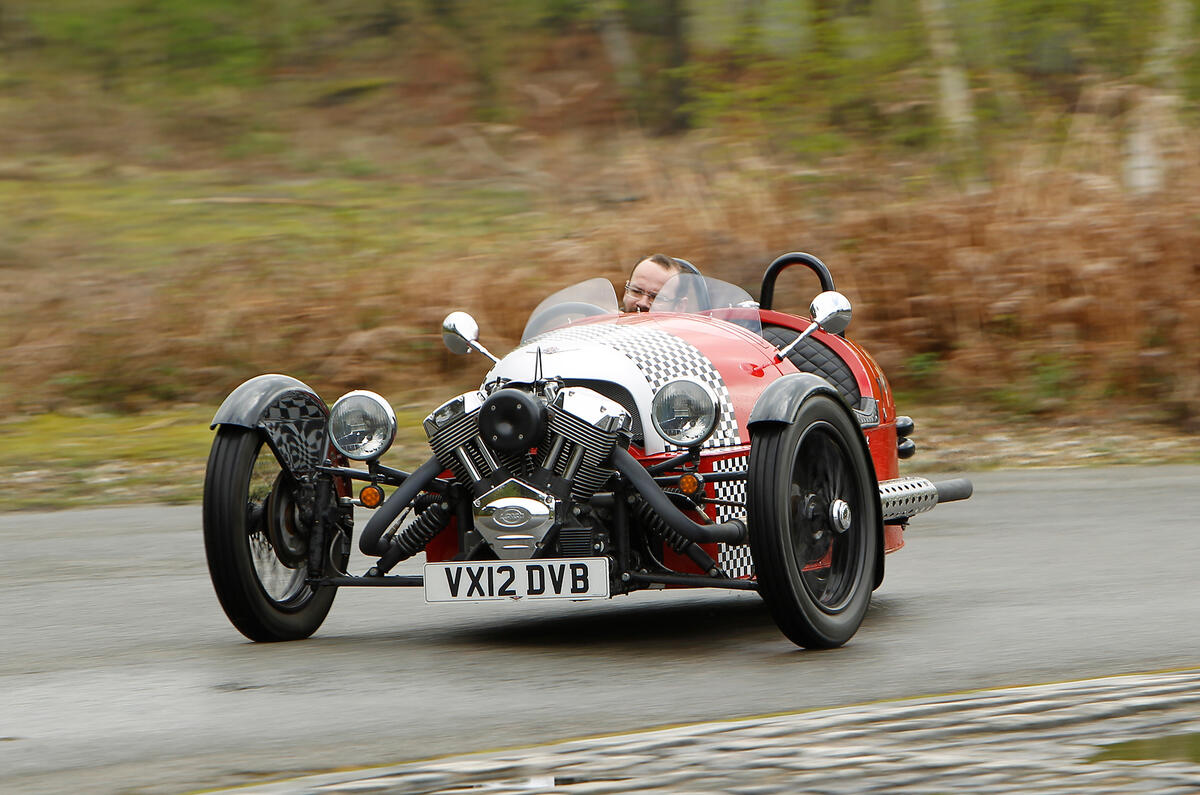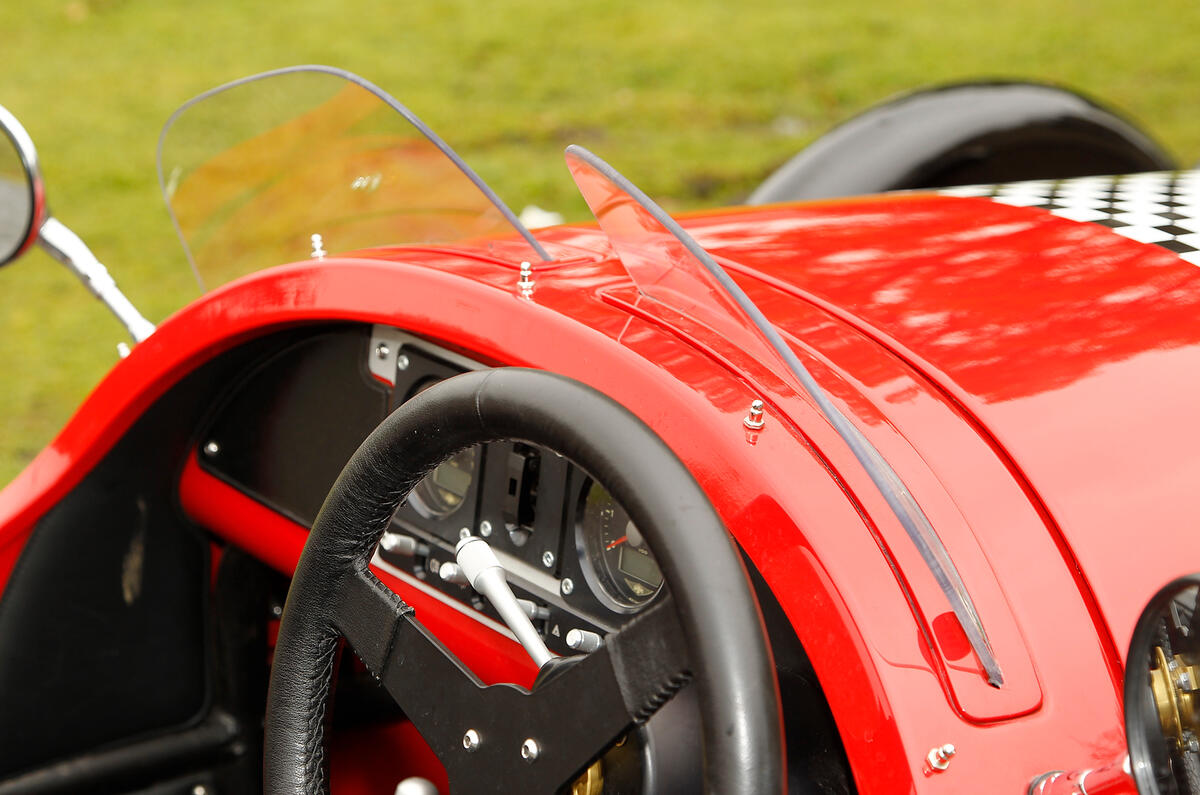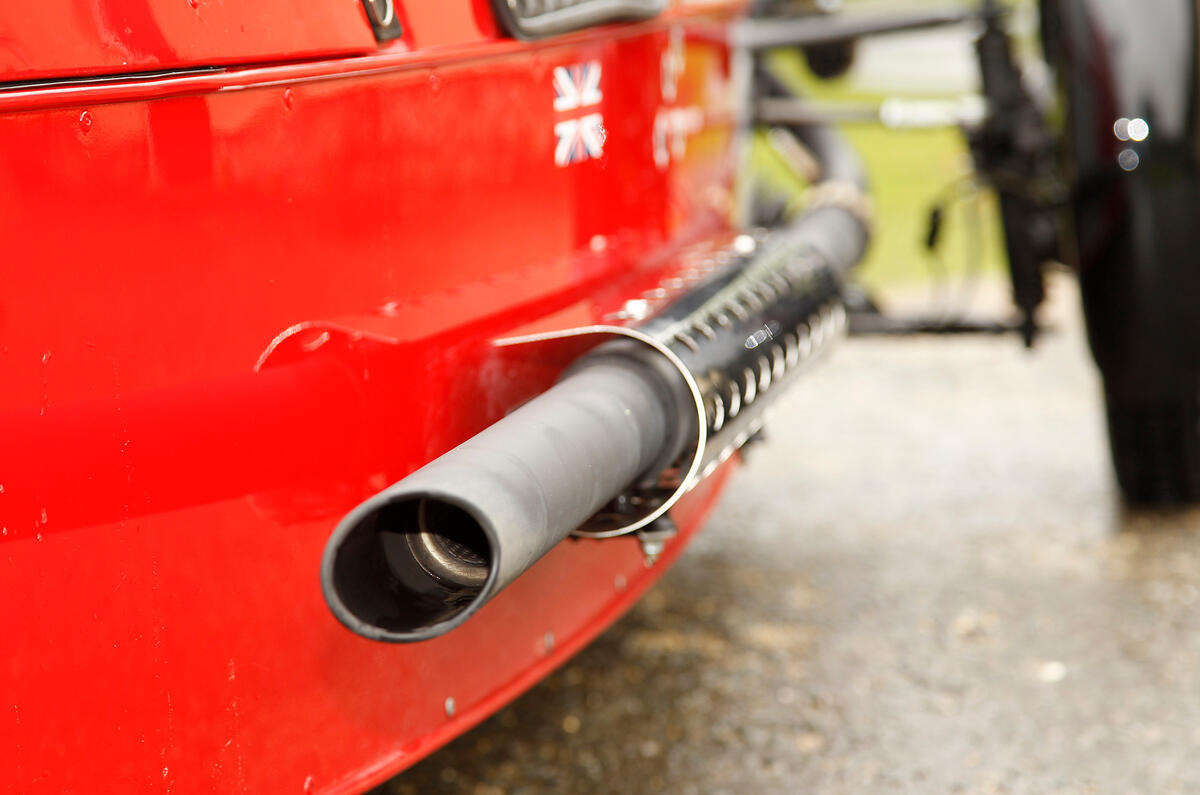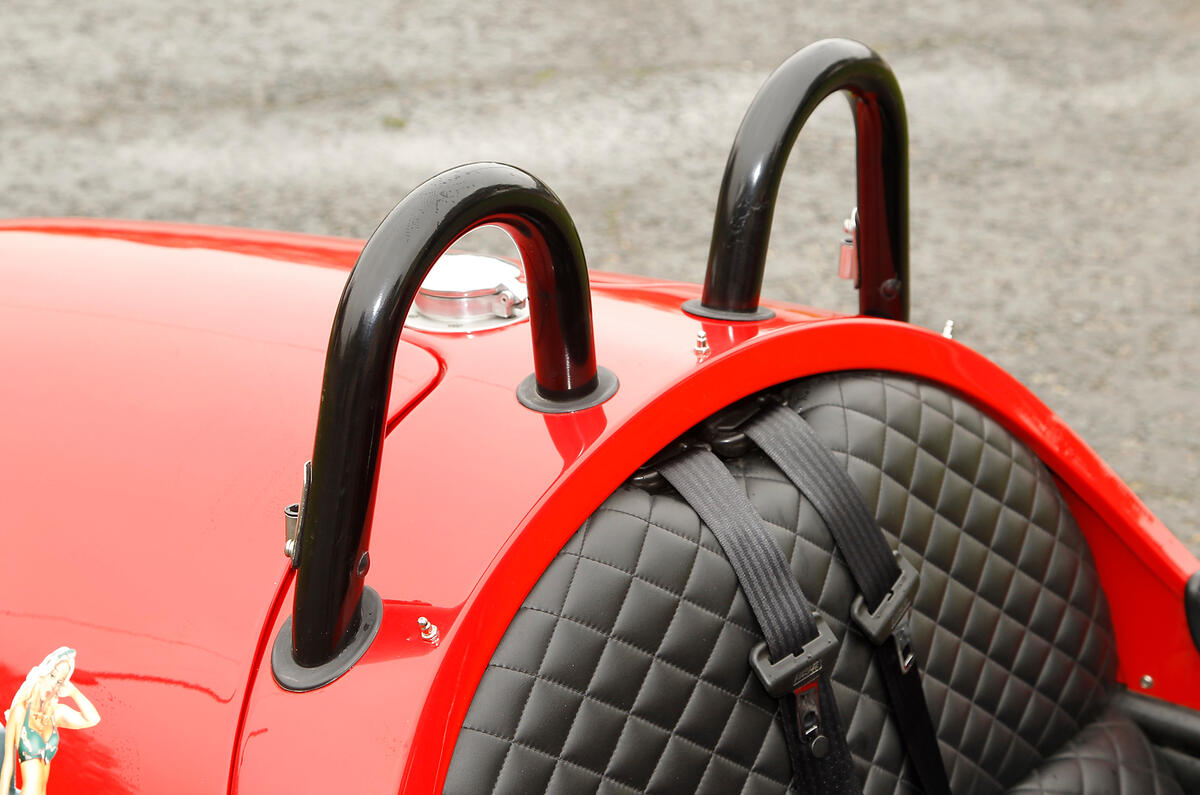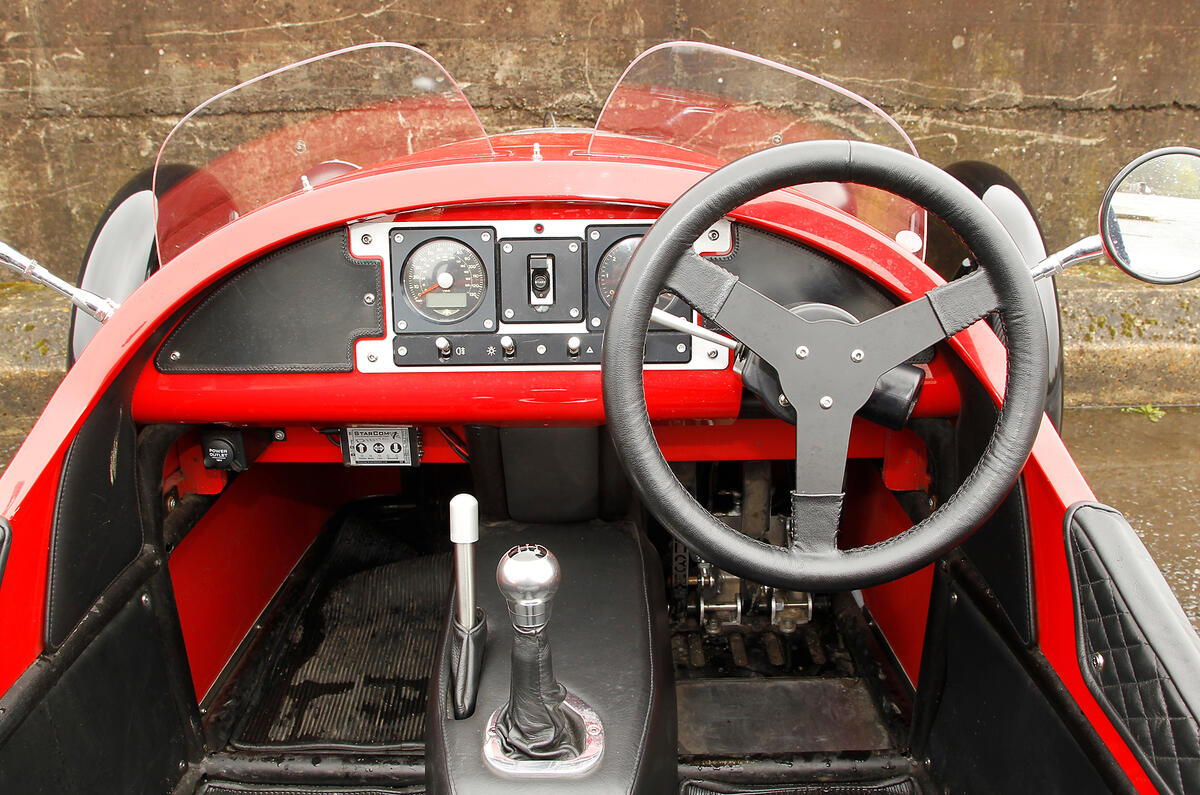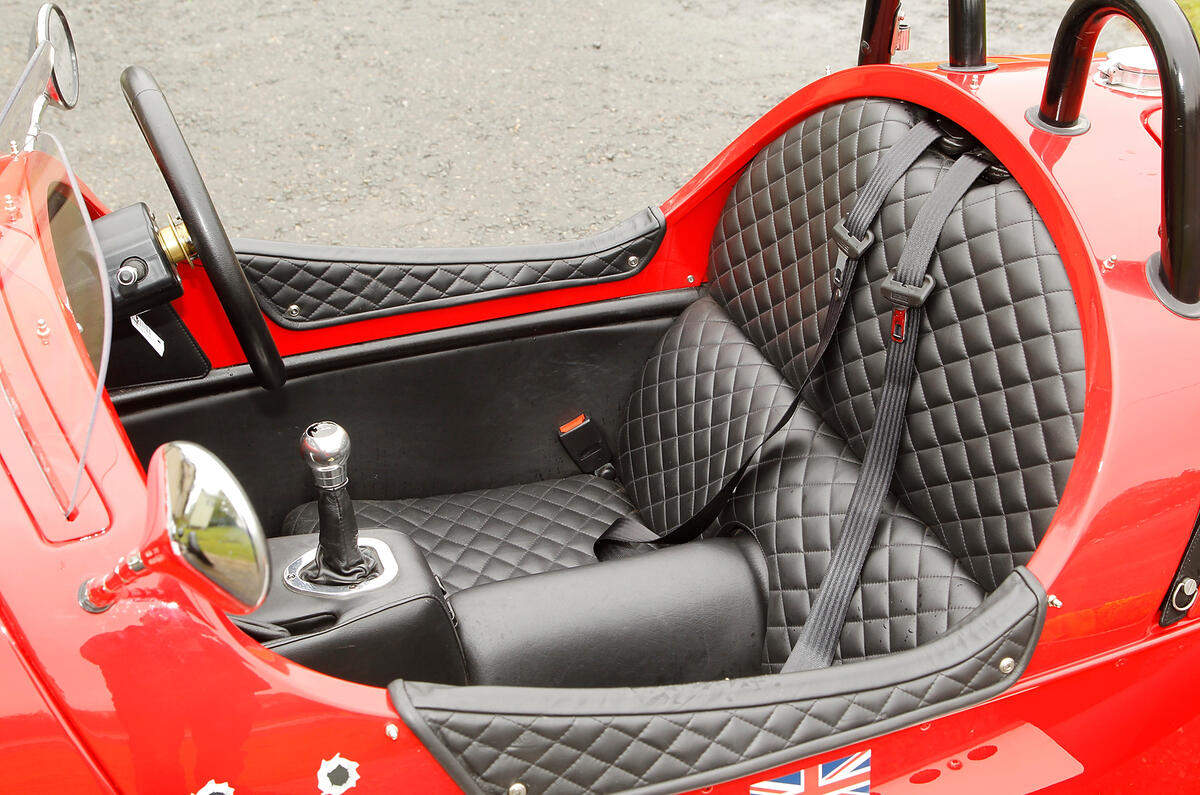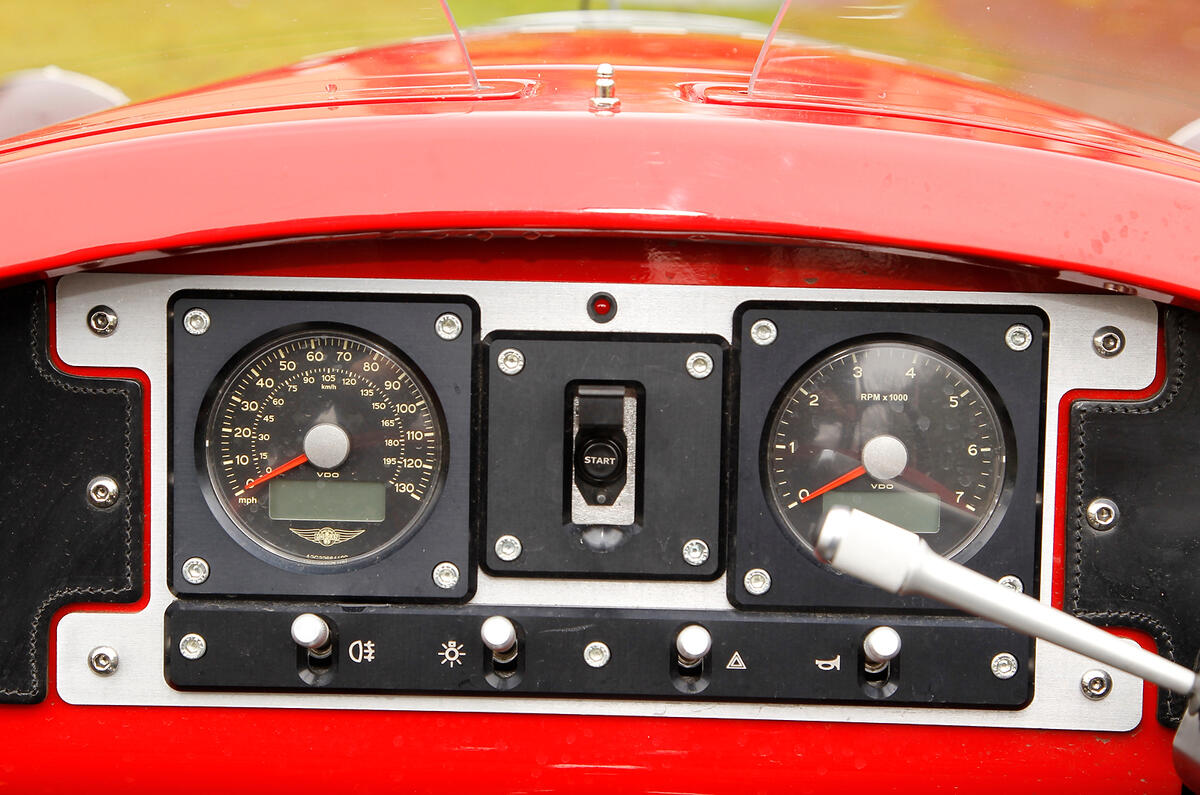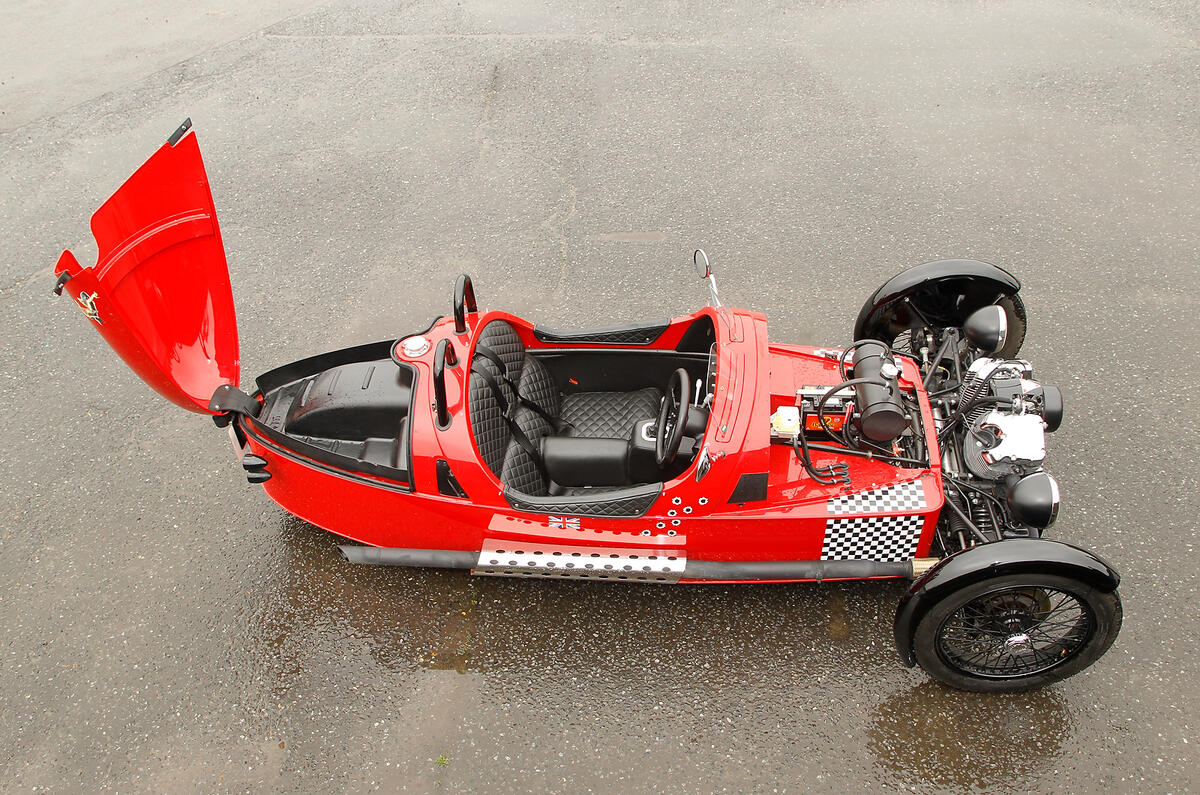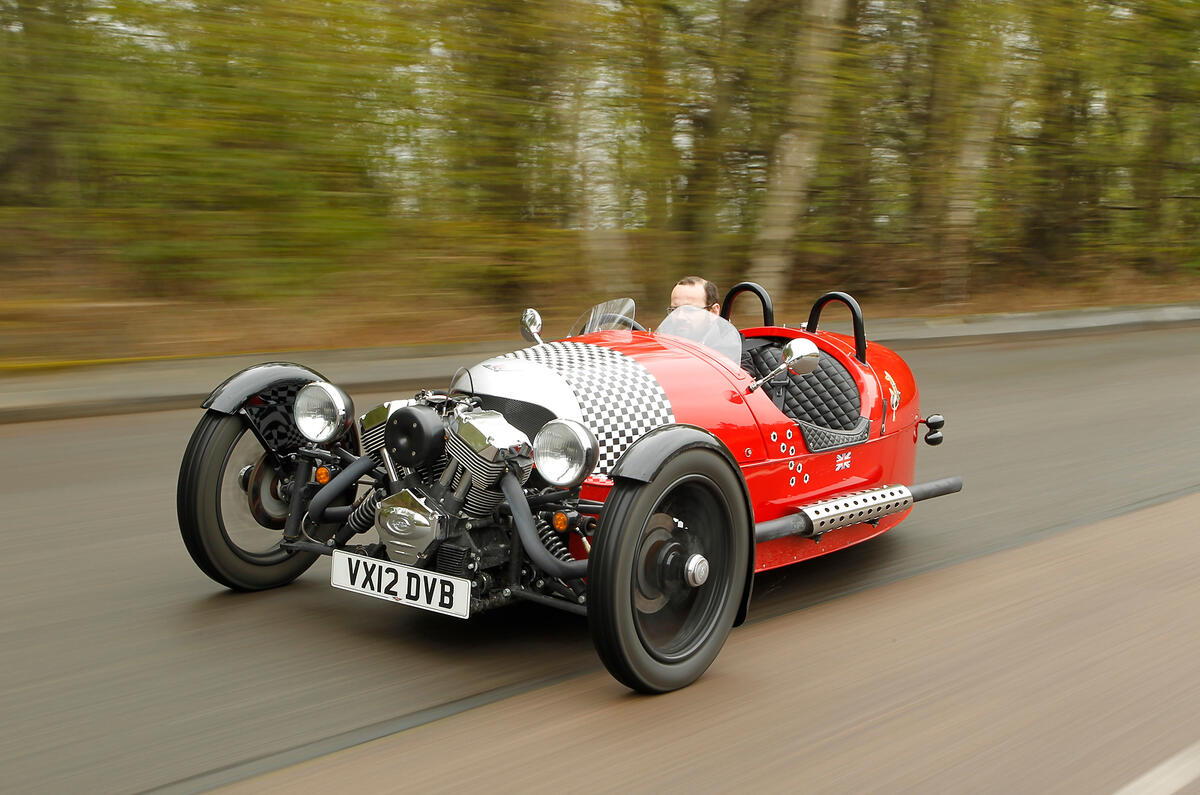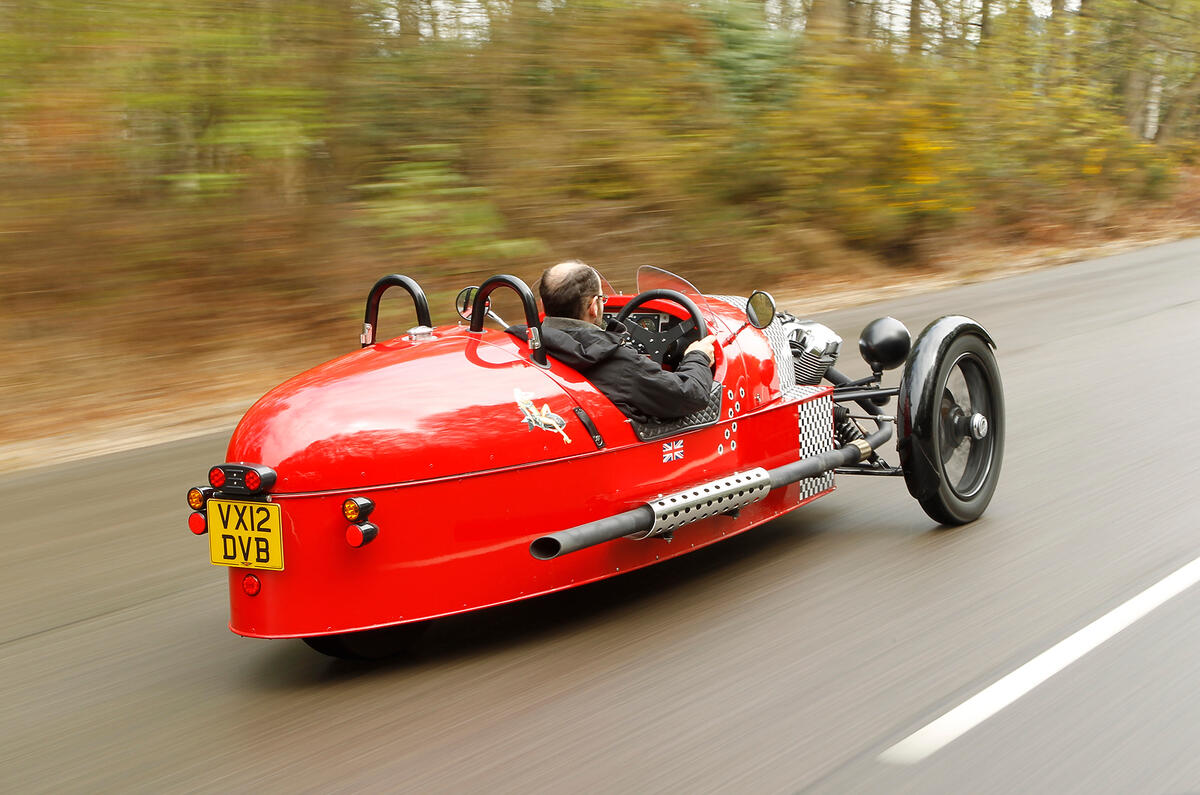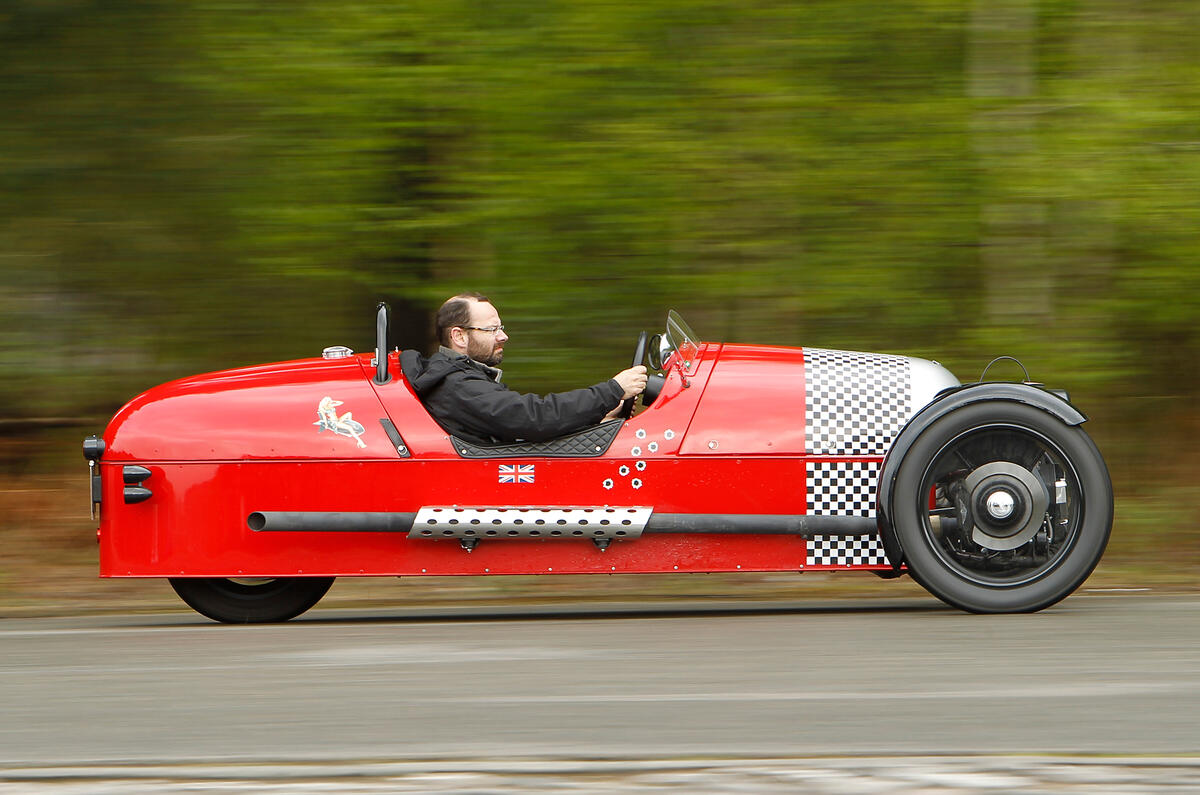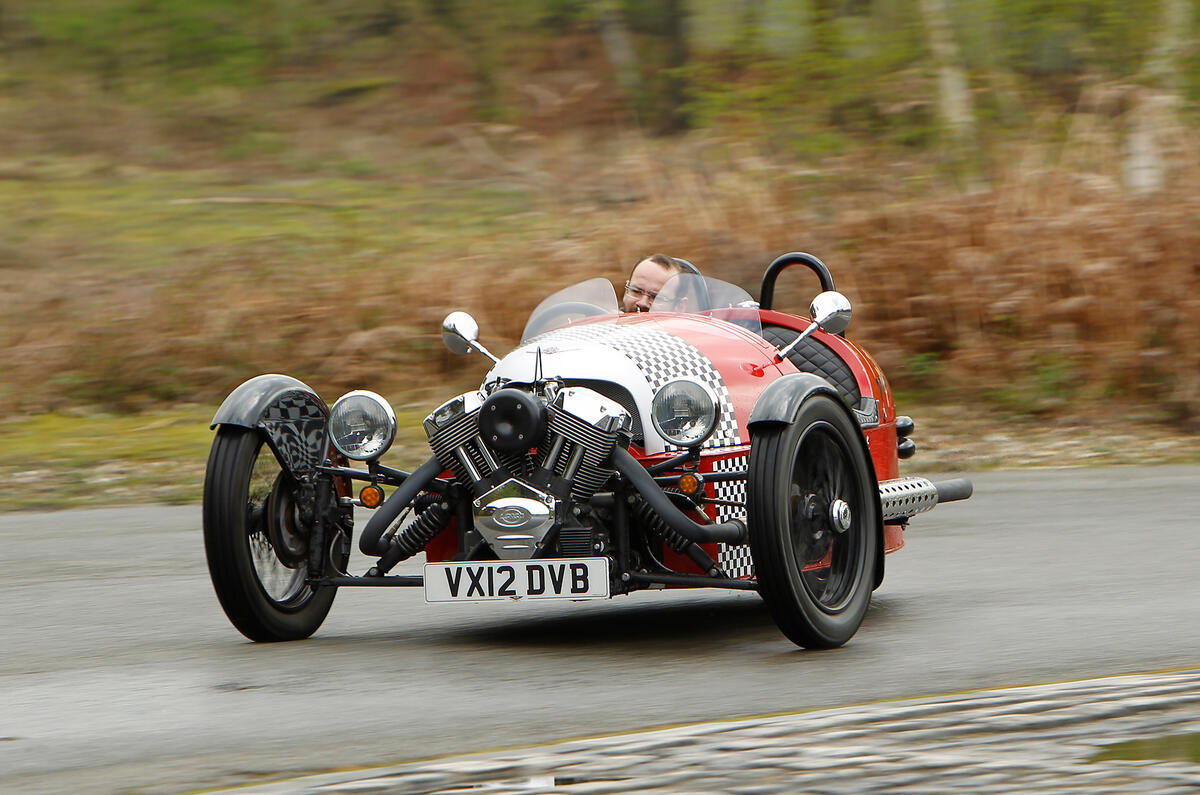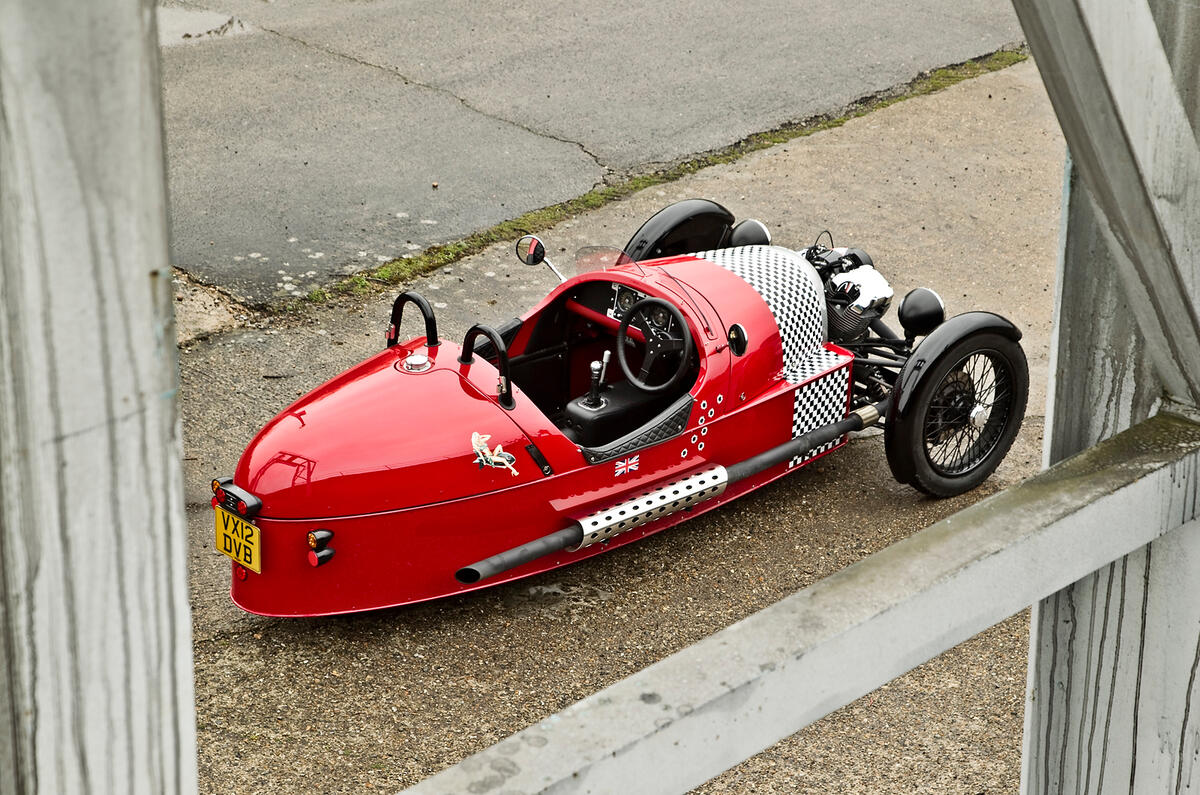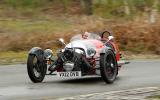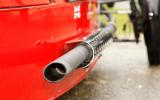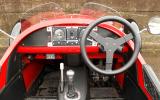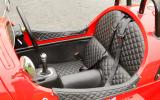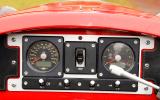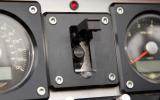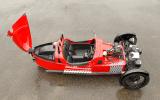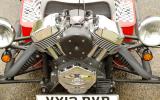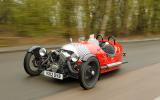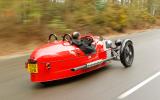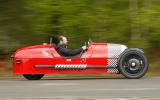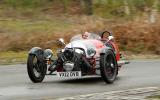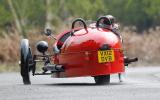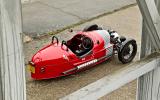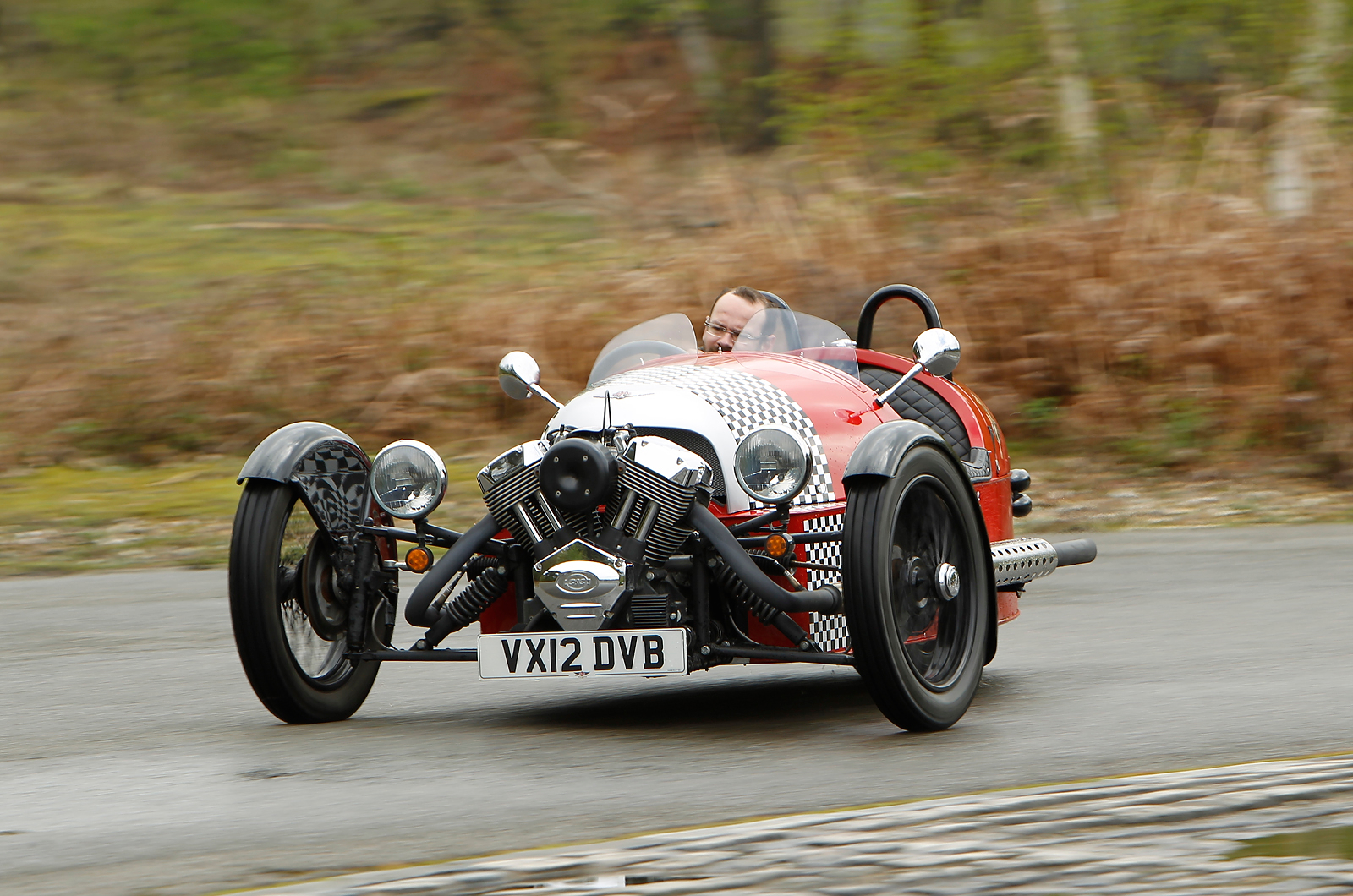Pull open a small drawer in the Autocar office and hundreds of index cards are revealed, cataloguing more than a century of this magazine’s content.
And there, nestled between Moon and Moskvitch, you’ll find two cards marked ‘Morgan’ that are annotated with the past road tests and features we’ve written about the Malvern manufacturer and its products. But a three-wheeler has never been road tested by Autocar.
This is despite the fact that three-wheelers were the vehicles with which HFS Morgan formed the company and were on sale for 40 years. That a three-wheeler is back is cause for celebration, even by the standards of a business that regularly treats us to thrilling driver’s cars.
Few hold the same promise of purity and intimacy as the Morgan 3 Wheeler, because few follow so closely the original formula like it does: grunty, two-cylinder power driving the rear of a lightweight roadster chassis. However, this formula is set to be diluted somewhat with Morgan's introduction of an electric three-wheeler named the EV3.
With two wheels at the back it sounds terrific, but with one? Let’s see how it stands up to the scrutiny of the toughest test in the car media business.
used Morgan 3 Wheeler (2012-2020) cars for sale



